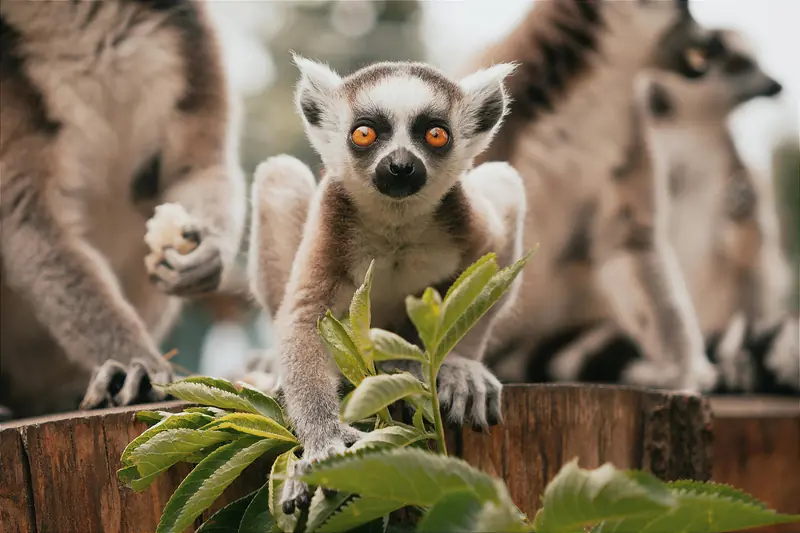Do you remember the famous song “I Like to Move It, Move It” from the popular animated film Madagascar, famously performed by the lemurs? It turns out their knack for singing in rhythm is no mere fantasy.

An international team of researchers has studied the rhythmic compositions of Madagascar’s native inhabitants—the indri lemurs. Scientists from the University of Warwick (UK) and the University of Turin (Italy) concluded that, alongside humans and gibbons, these lemurs are the only mammals that understand musical rhythms. According to the new study, the songs and communication among indris shed light on how the human ability to create rhythmic music has evolved.

What researchers discovered about indris, known in Madagascar’s tropical forests as singing lemurs, is fascinating. They live in small family groups and communicate through songs, much like humans and birds. Lemurs, in particular, use rhythmic sounds as alarm signals to warn family members of danger. Most importantly, the sounds produced by indris exhibit consistent time intervals. This indicates a rhythm or beat characteristic of human music.
During a 15-year study, scientists recorded the songs and alarm calls of indris across various forest areas in Madagascar. According to Dr. Chiara De Gregorio, the lead author of the study, the team analyzed the notes and intervals in 820 songs from 51 lemurs. The analysis of the sound material revealed that rhythm is present in all compositions. This rhythm is a key aspect of indri communication, as reported by the Daily Mail.

This discovery places indris among the animals with the most vocal rhythms similar to those of humans. In this regard, lemurs surpass songbirds and other mammals, Dr. De Gregorio added. Co-author Daria Valente noted, “The results highlight the evolutionary roots of musical rhythm, demonstrating that the fundamental elements of human music can be traced back to early primate communication systems.” The findings of the study were published in the Annals of the New York Academy of Sciences.
